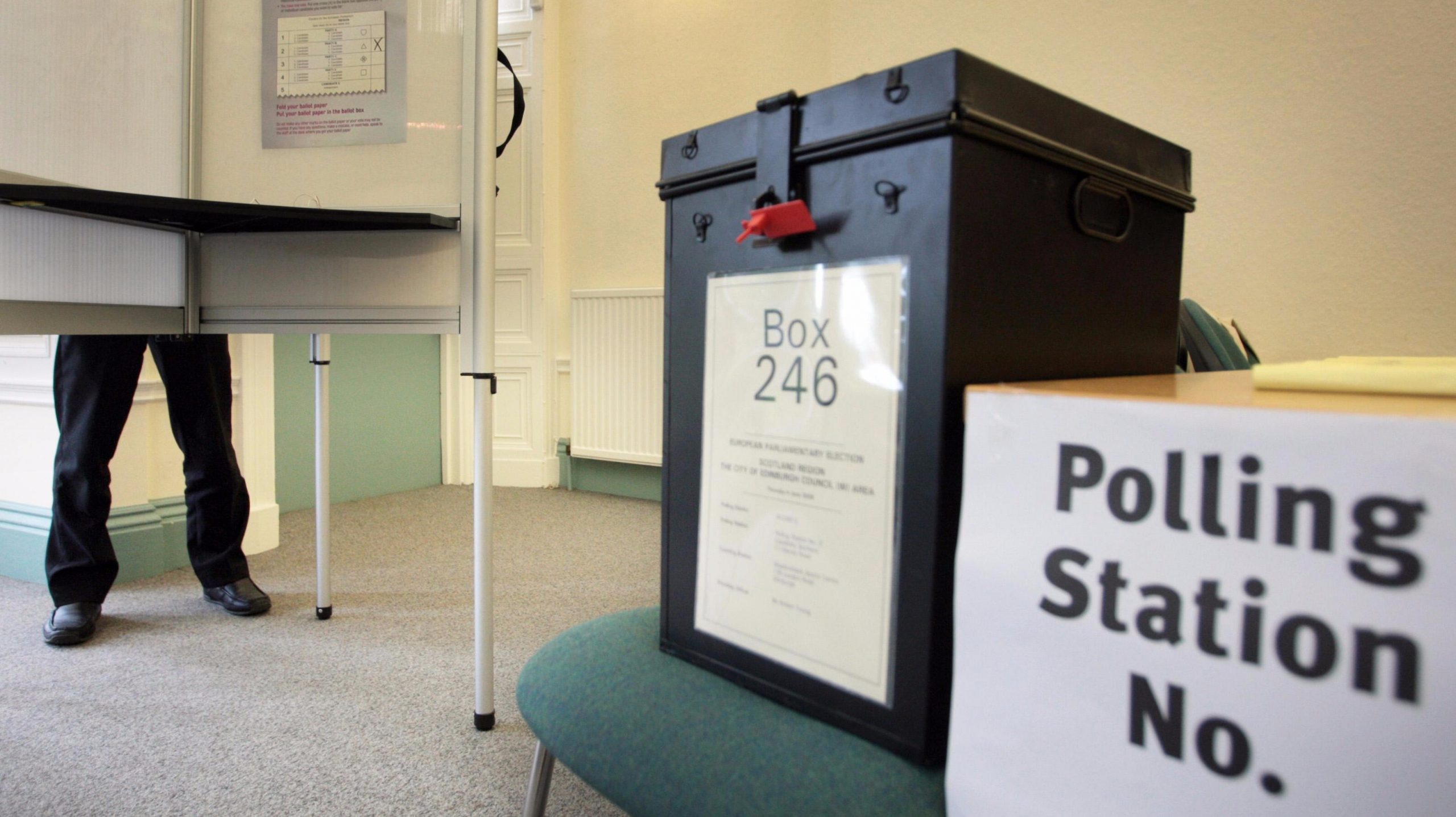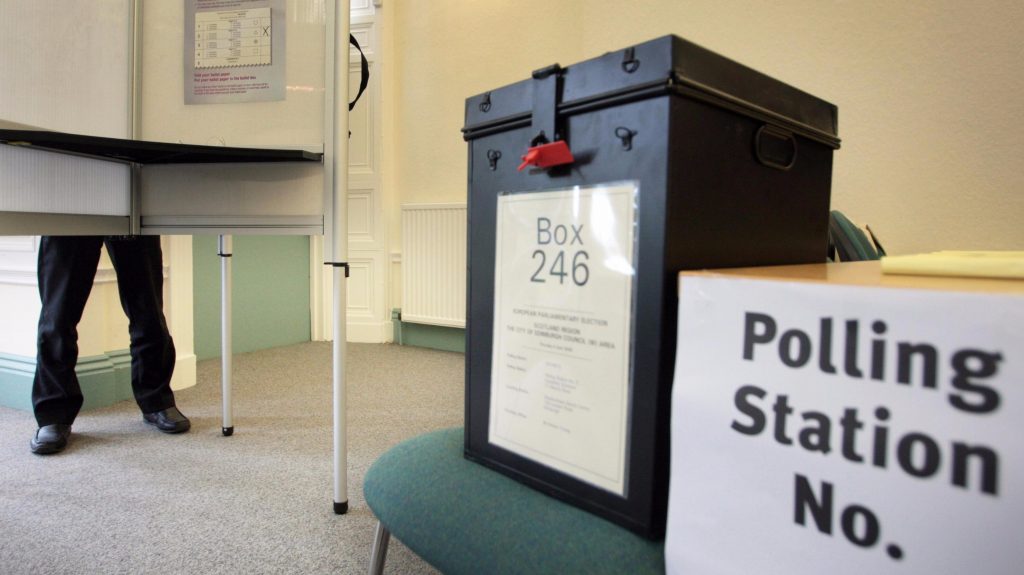The Boundary Commission for England has announced plans for redrawing over 90% of parliamentary constituencies. The changes made would ensure all MP’s have between 69,724 and 77,062 constituents, though some island constituencies such as Anglesey or the Isle of Wight will not be held to these requirements.
The review would create an additional 10 seats in England, while also reducing the number in Wales by 8 and in Scotland by 2, so as to reflect changes in population. This will most likely provide a boost to the Tories, with the population growing in the south where they are traditionally stronger, and falling in the north.
Martin Baxter, who founded Electoral Calculus, said: “People have been moving from Wales and the North of England down to the South, which means fewer seats in the North and more seats in the South. That helps the Conservatives overall, but not as much as it might have done since they now hold some ‘red wall’ seats themselves which might disappear, and there will also be more seats in Labour-friendly areas such as London.”
The South East would change the most, gaining 7 more constituencies, while the South West and East of England would both gain three respectively, and London would gain 2.
While the East Midlands would gain an MP, the West Midlands is set to lose two. The North East and North West will also lose 2 seats each.
Tim Bowden, who is the Secretary to the Boundary Commission for England said: “Today’s proposals mark the first time people get to see what the new map of Parliamentary constituencies might look like. But they are just the Commission’s initial thoughts.”
Commissions in Northern Ireland, Scotland and Wales are set to publish their own plans.
The Boundary Commission for England has recommended the breaking-up of various geographically based constituencies, including seats such as City of Chester. As well as this, places like Cities of London and Westminster are being split, becoming the 2 constituencies City of London and Islington South, and Westminster and Chelsea East.
This new approach comes after David Cameron’s former plan, which would have reduced the number of seats by 50, was dropped in March 2020.
Michael Fabricant, Conservative MP for Lichfield argues that these changes demonstrate “no knowledge” of his constituency. He continues: “It divides Lichfield Trent Valley station in two and cuts off the eastern edge of Lichfield itself. Frankly, it’s a nonsense.”
For Labour’s Cat Smith, however, this review is “a crucial democratic step, and Labour will engage fully and constructively in the consultation. But the Conservative government’s one-size-fits-all approach to the exact size of constituencies has made the Boundary Commission’s work much harder, and will inevitably lead to the break-up of historic community ties across the UK.”
These initial plans in England will go through an 8-week consultation ending on August 2, with the final plan not published until July 2023. This will come after a further consultation with public hearings in spring 2022, and a final review that autumn.
The review for England is set to cost £2.5 million. While not as blatant as the jerrymandering occurring across the United States by Republicans at present, the Tories will be the clear winners of the boundary change, mainly at the expense of Labour. The underlying effort to shore up and prolong what has already been over a decade of Tory rule is clear for those prepared to see it.
Philip English, is a member of the YCL’s Manchester branch




